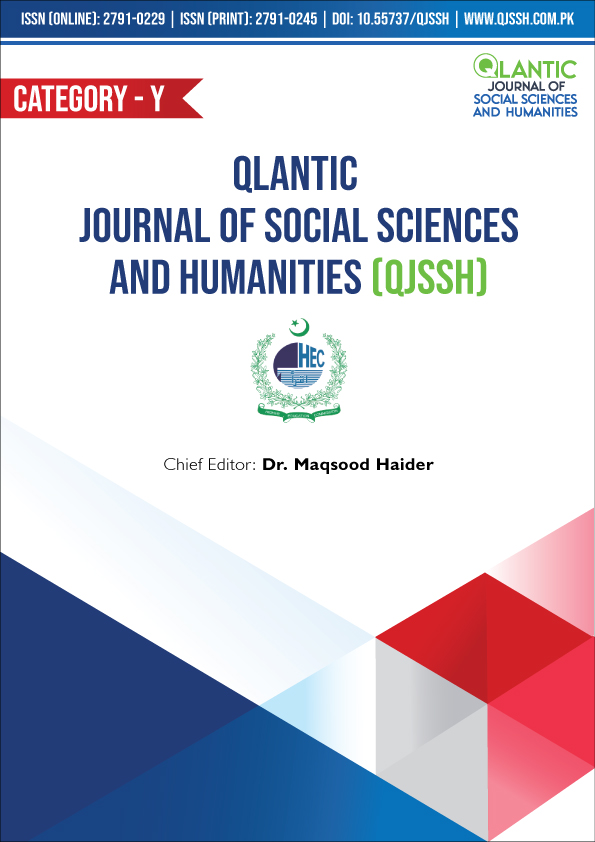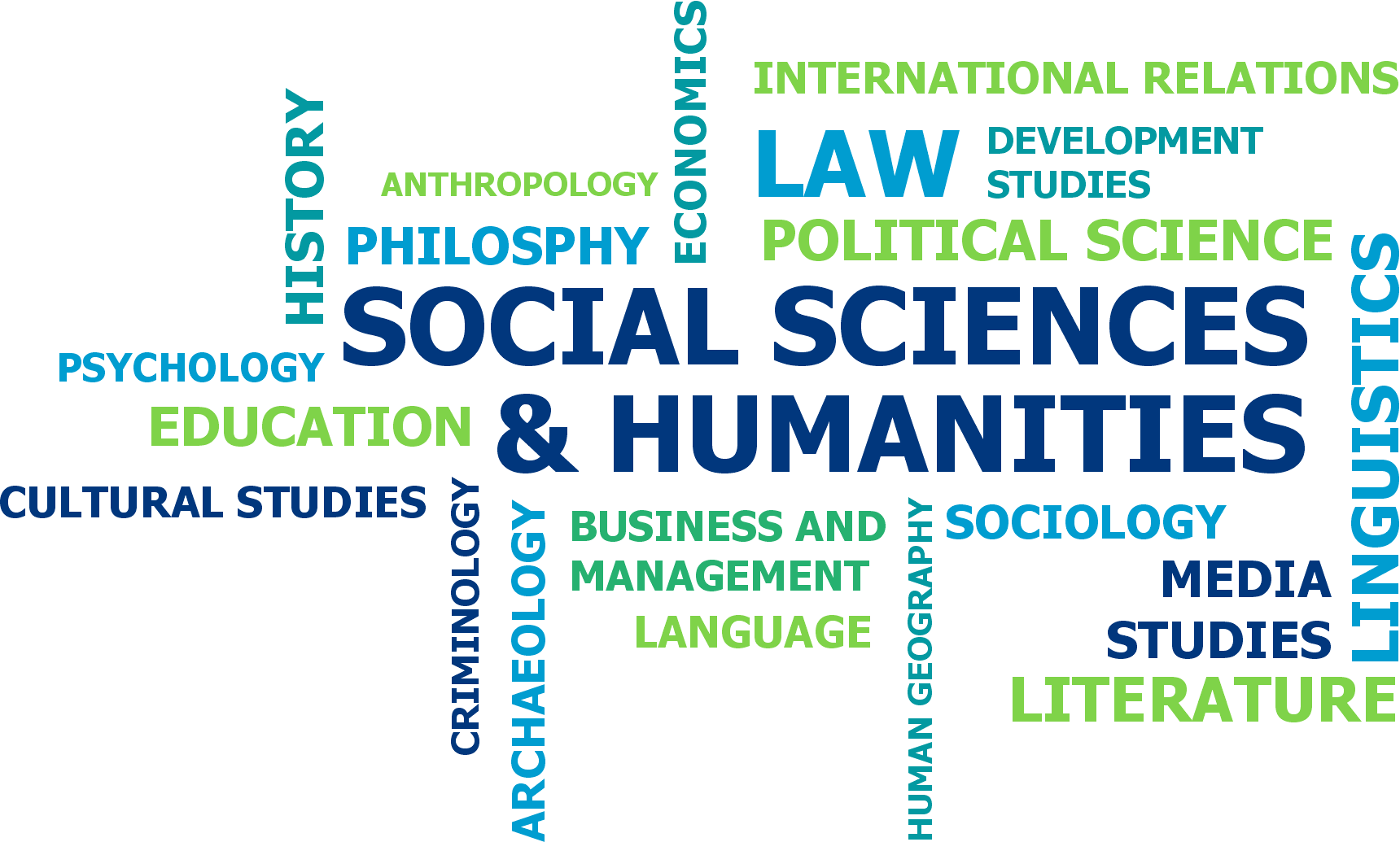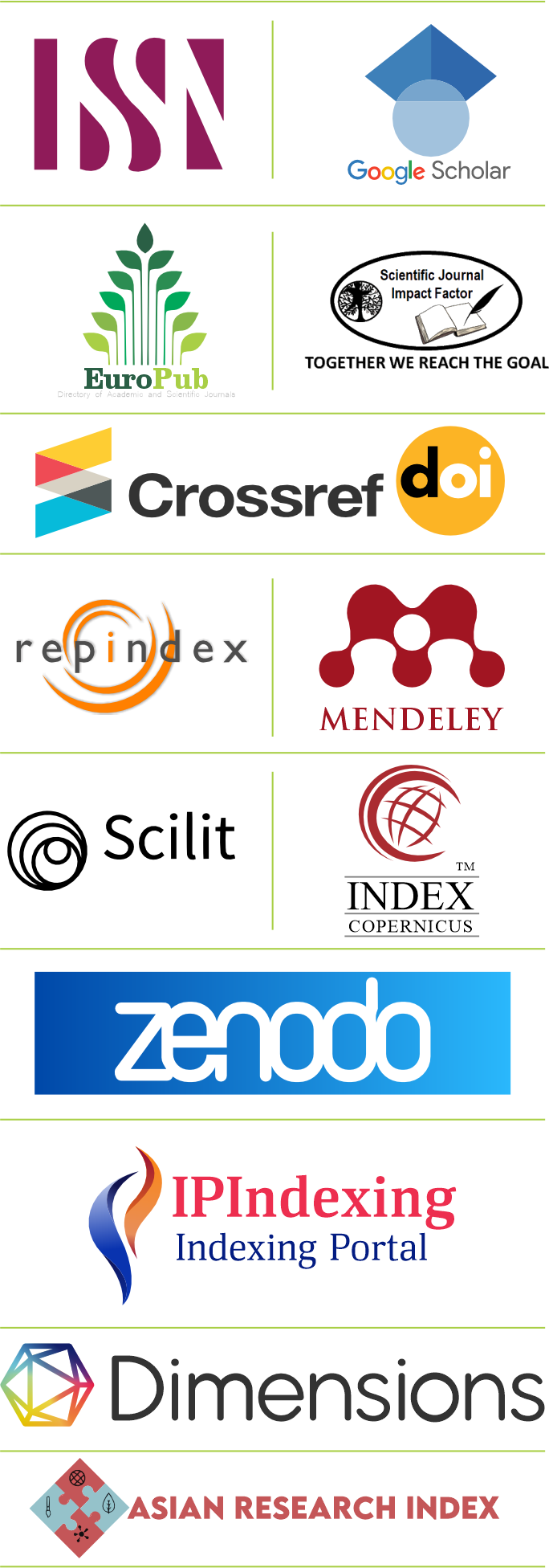Translanguaging as a Pedagogical Tool for Enhancing Intercultural Communication in ESL Learners
DOI:
https://doi.org/10.55737/qjssh.vi-i.25283Keywords:
Translanguaging, ESL Learners, Intercultural Communication, Bilingual, Linguistic Diversity, Language and IdentityAbstract
This study investigates the role of translanguaging in enhancing intercultural communication among ESL learners when it is applied as a pedagogical tool. Translanguaging allows the learner to explore their linguistic repertoire to generate the meaning in language as it refers to using multiple languages in an environment where the learning process is dynamic. This study helps acknowledge the significance of translanguaging in bridging the gap between language and cultural diversity among ESL learners. The research opts for the quantitative method to design the sampling and analysis of this topic. Learners in ESL classrooms are utilized as the data source by using purposive sampling as a technique to collect information relevant to the field study. The data includes bilingual learners from different cultural and linguistic backgrounds and are examined to provide insight into how translanguaging facilitates intercultural communication in ESL learners. The findings are expected to underscore the importance of incorporating translanguaging in ESL pedagogy, suggesting that its implementation can significantly improve learner outcomes by creating a more inclusive, dynamic, and culturally responsive learning environment. This research suggests adopting translanguaging as a pedagogical tool in classrooms to contribute to communication in an inclusive classroom environment.
References
Albirini, A. (2020). Language-identity dynamics in post-ARAB Spring era: The case of Jordan. In The Routledge handbook of Arabic and identity (pp. 176-193). Routledge.
Alhejely, G. W. (2020). Online identities and linguistic practices: A case of Arab study abroad students in the UK on Twitter (Doctoral dissertation, Manchester Metropolitan University).
Almashour, M. (2023). Exploring Translanguaging and Identity among Jordanian [Electronic Thesis] and Dissertation Repository.
Alzimami, H. K. (2016). Evaluating Intercultural Communicative Competence Using Mediated Self Reflection in Teaching English to Speakers of Other Languages [Electronic Theses] Projects, and Dissertations., 422.
Atta, A., & Naqvi, S. B. (2022). Exploring Translanguaging praxes in Pakistani multilingual ESL classrooms of first-year students at University level. 3L The Southeast Asian Journal of English Language Studies, 28(3), 149-167. https://doi.org/10.17576/3l-2022-2803-10
BAKER, W. (2011). The cultures of English as a Lingua Franca. TESOL Quarterly, 43(4), 567-592. https://doi.org/10.1002/j.1545-7249.2009.tb00187.x
Beach, R., & Bloome, D. (2019). Language Relations for Transforming the Literacy and Language Arts Classroom (1st ed.). New York: Routledge.
Butler, Y. G., & Hakuta, K. (2008). Bilingualism and Second Language Acquisition. In T. K. Bhatia, & W. C. Ritchie, The Handbook of Bilingualism (pp. 114-144).
Byram, M., & Flaming, M. (2013). Language learning in intercultural perspective. Cambridge, England: Cambridge University Press.
Canagarajah, S. (2011). Codemeshing in academic writing: Identifying teachable strategies of Translanguaging. The Modern Language Journal, 95(3), 401-417. https://doi.org/10.1111/j.1540-4781.2011.01207.x
Canagarajah, S. (2011). Translanguaging in the classroom: Emerging issues for research and pedagogy. Applied Linguistics Review, 2(2011), 1-28. https://doi.org/10.1515/9783110239331.1
Corbett, J. (2003). An intercultural approach to English language teaching. New York, NY: Multilingual Matters.
CREESE, A., & BLACKLEDGE, A. (2010). Translanguaging in the bilingual classroom: A pedagogy for learning and teaching? The Modern Language Journal, 94(1), 103-115. https://doi.org/10.1111/j.1540-4781.2009.00986.x
Deardorff, D. K. (2004). The Identification and Assessment of Intercultural Competence as a Student Outcome of International Education at Institutions of Higher Education in the United States [Unpublished Dissertation, North Carolina State University].
Duarte, J. (2018). Translanguaging in the context of mainstream multilingual education. International Journal of Multilingualism, 17(2), 232-247. https://doi.org/10.1080/14790718.2018.1512607
Failasofah, F., Fabian, G., & Fnu, I. (2018). Indonesian high school students’ attitudes towards bilingual classroom instructions. New Trends and Issues Proceedings on Humanities and Social Sciences, 5(3), 84-88. https://doi.org/10.18844/prosoc.v5i3.3913
Garcia, O., & Wei, L. (2014). Translanguaging: Language, Bilingualism, and Education. Palgrave Pivot London.
Gracia, O., & Kleyn, T. (2016). Translanguaging with Multilingual Students. New York: Routledge.
Gracia, O., & Lin, A. (2017). Translanguaging in Bilingual Education. In S. May, Bilingual and Multilingual Education (pp. 117–130). Springer.
Gren, L., & Hommerberg, C. (2022). Translanguaging in ELT Classroom. Educational linguistics.
Halabi, D., & Shoshana, A. (2024). Beyond a sense of obliviousness: elite education and national identity among Palestinian students in Israel. Race, Ethnicity and Education, 1–18. https://doi.org/10.1080/13613324.2024.2328283
Hussain, S., & Khan, D. K. (2021). Translanguaging in Pakistani Higher Education: A Neglected Perspective. Journal of Educational Research & Social Science Review, 1(3), 2710-4532. https://ojs.jerssr.org.pk/index.php/jerssr/article/view/12
Juvonen, P., & Källkvist, M. (2021). Pedagogical Translanguaging: Theoretical, Methodological and Empirical Perspectives. An Introduction. Multilingual Matters, 1–6. https://doi.org/10.1832/9781788927383-003
Khan, H. I. (2015). Relationship Between Bilingual Instruction and Learners’ Performance in English as Second Language Context. Journal of Education and Educational Development, 2 (1), 66-78. http://dx.doi.org/10.22555/joeed.v2i1.47
Knapp, K., & Knapp-Potthoff, A. (1987). Instead of an introduction: Conceptual issues in analyzing intercultural communication. Analyzing intercultural communication, 1-13. https://doi.org/10.1515/9783110874280
Lantolf, J. P., & Palvenko, A. (2000). Second language learning as participationand r-construction of selves. In J. P. Lantolf, Sociocultural Theory and Second Language Learning (pp. 155-178). Oxford: Oxford University Press.
Likert, R. (1932). A technique for the measurement of attitudes. Archives of Psychology, 22(140), 55.
McDermott, A. E. (2022). Translanguaging Identities. Multilinguals Using Linguistic Repertoires to Construct Everyday Roles. Canterbury Christ Church University (United Kingdom).
Norris, L., & Tsedendamba, N. (2015). Applying agar’s concept of ‘Languaculture’ to explain Asian students’ experiences in the Australian tertiary context. English Language Teaching, 8(1). https://doi.org/10.5539/elt.v8n1p205
Nunan, D. (1989). Designing tasks for the communicative classroom. Cambridge, England: Cambridge University Press.
Otheguy, R., García, O., & Reid, W. (2018). A translanguaging view of the linguistic system of bilinguals. Applied Linguistics Review, 10(4), 625-651. https://doi.org/10.1515/applirev-2018-0020
Ou, W. A., Gu, M. M., & Hult, F. M. (2020). Translanguaging for intercultural communication in international higher education: Transcending English as a Lingua Franca. International Journal of Multilingualism, 20(2), 576-594. https://doi.org/10.1080/14790718.2020.1856113
Özşen, A., Çalışkan, T., Önal, A., Baykal, N., & Tunaboylu, O. (2020). An overview of bilingualism and bilingual education. Journal of Language Research, 4(1), 41-57. https://dergipark.org.tr/en/pub/jlr/issue/54148/795090
Piller, I., & Pavlenko, A. (2001). New directions in the study of multilingualism, second language learning and gender. In A. Pavlenko, A. Blackledge, I. Piller, & M. Teutsch-Dwyer, Multilingualism, Second Language Learning, and Gender (pp. 17-52). New York: Mouton de Gruyter.
Pugh, F. B., Cabral, I. D., & Huang, J. (2021). Translanguaging in education. Language Teaching: Surveys and Studies.
Ryan, P. (2012). The English as a foreign international language classroom. In J. Jane, The Routledge Handbook of Language and Intercultural Communication (p. 423). Routlegde.
Samar, T., & Pathan, H. (2023). Translanguaging in ESL Classroom: A Case Study of Government College University Hyderabad. Journal of History and Social Sciences, 14(1), 212-223. https://doi.org/10.46422/jhss.v14i1.238
Shi, L. (2015). Intercultural Communication and English Education. International Conference on Social Science, Education Management and Sports Education (SSEMSE 2015). https://doi.org/10.2991/ssemse-15.2015.20
Shi, X. (2010). Intercultural language socialization of Chinese MBA students in American negotiation class. Journal of Pragmatics, 42, 2475-2486. https://doi.org/10.1016/j.pragma.2010.02.005
Upton, G., & Cook, I. (2014). A Dictionary of Statistics. Oxford University Press.
Vogel, S., & Garcia, O. (2017). Translanguaging. Oxford Research Encyclopedia of Education.
Wei, L. (2011). Moment analysis and translanguaging space: Discursive construction of identities by multilingual Chinese youth in Britain. Journal of Pragmatics, 43(5), 1222-1235. https://doi.org/10.1016/j.pragma.2010.07.035
Zeng, L. (2022). The role of Languaculture in foreign language education: The case in China. Advances in Social Science, Education and Humanities Research. https://doi.org/10.2991/assehr.k.220706.148
Downloads
Published
Issue
Section
License
Copyright (c) 2025 Ayesha Javaid, Dr. Arhsad Ali Khan, Hafiz Syed Muhammad Yasir

This work is licensed under a Creative Commons Attribution-NonCommercial 4.0 International License.





